| It is important to know your blood group |
| There are four major blood groups - A, B, AB, O, each of which is divided into Rh positive or negative types depending on the presence or absence of the Rh antigen. On an average 45% of individuals are in Group O, 40% are in Group A, 10% are in Group B and 5% are in Group AB. A small percentage of people have rare blood types. The recipient and donor's blood should match, in major ABO group as well as Rh type. A patient with Rh-negative blood cannot be given Rh-positive blood as the antigen-antibody reactions will result in severe consequences. We are in need of all blood groups! O negative is uncommon - and special Only 6 percent of the population is O negative. We have a great need for whole blood donations from O negative donors!
O positive, of course, is the most in demand We have a great need for O positive blood donations. This type is the most common - nearly 40 percent of the population is O positive. The demand is even greater, because O positive can be transfused to patients with other blood types if their specific group is not available. Even more precious - rare blood types A small percentage of people inherit rare blood types, which means any type that is hard to find. A blood type is considered rare when more than 200 donors have to be screened to find one compatible donor. It is very important to know if you have a special blood type. Some patients with rare blood types need to be transfused with the same rare type as their own. |
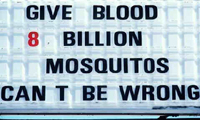
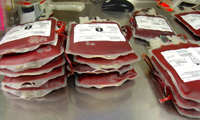
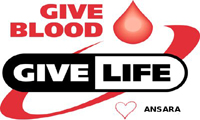

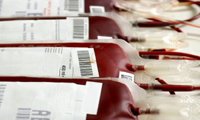


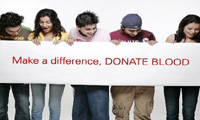
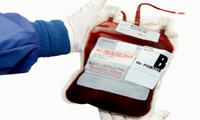



No comments:
Post a Comment